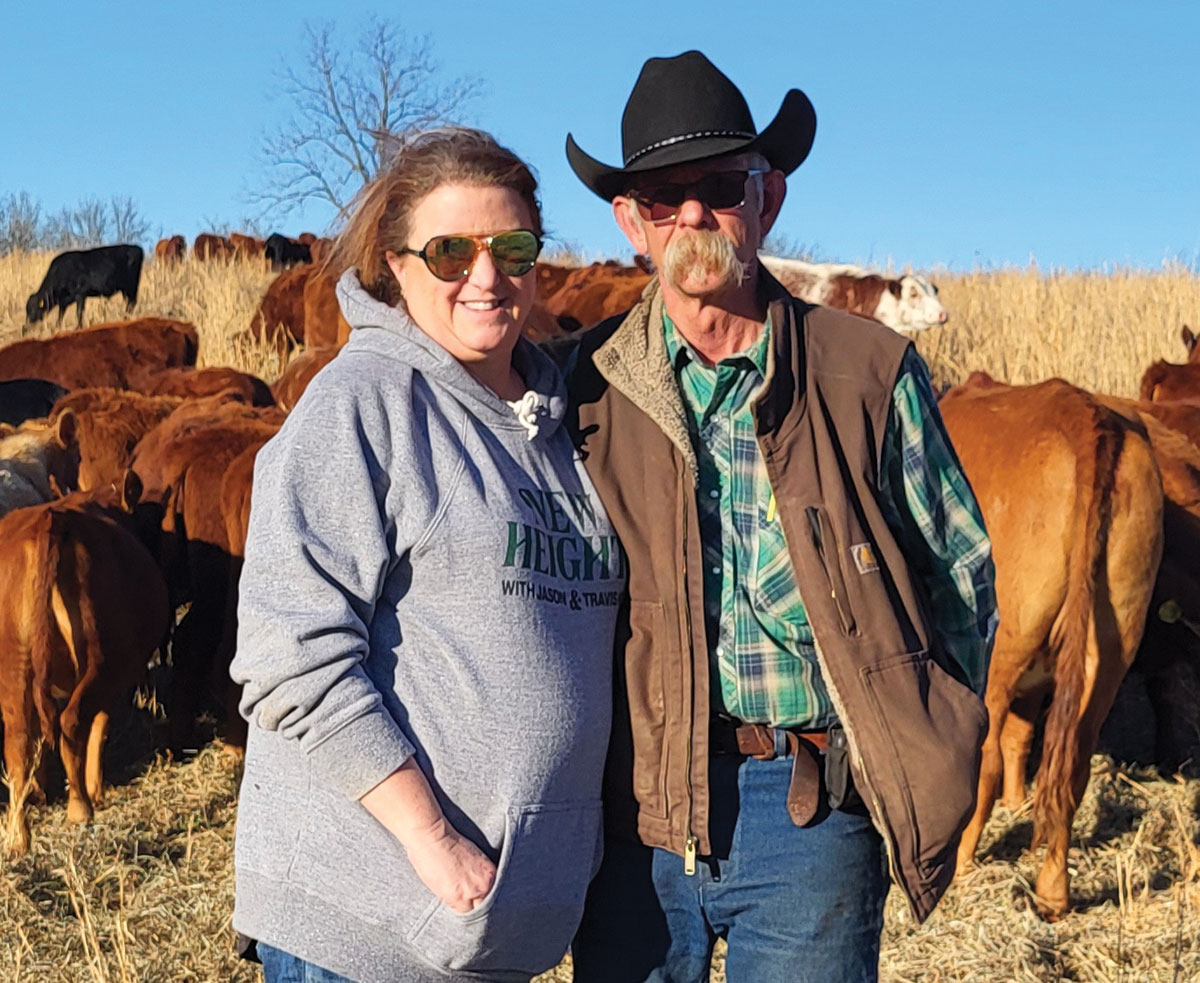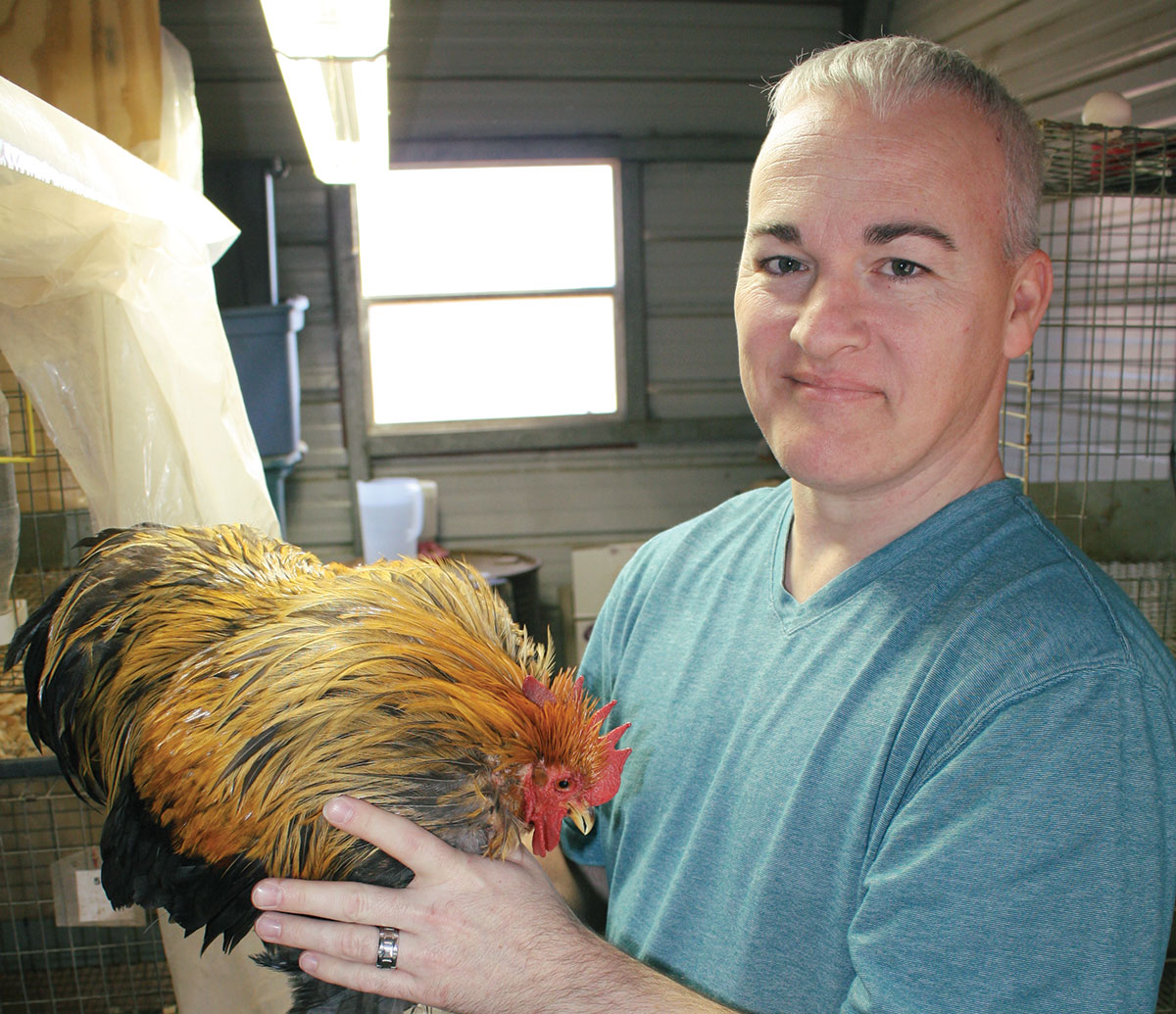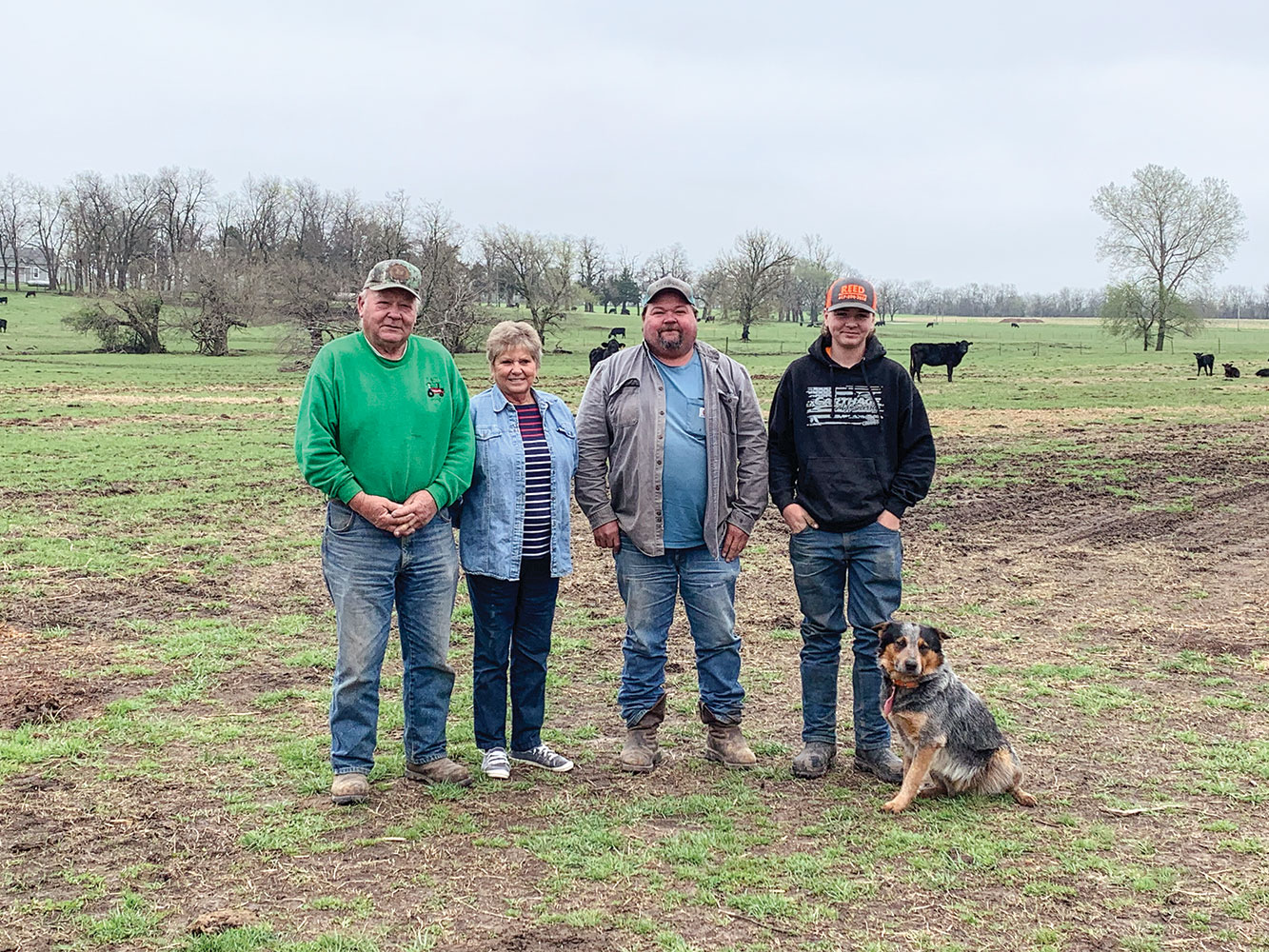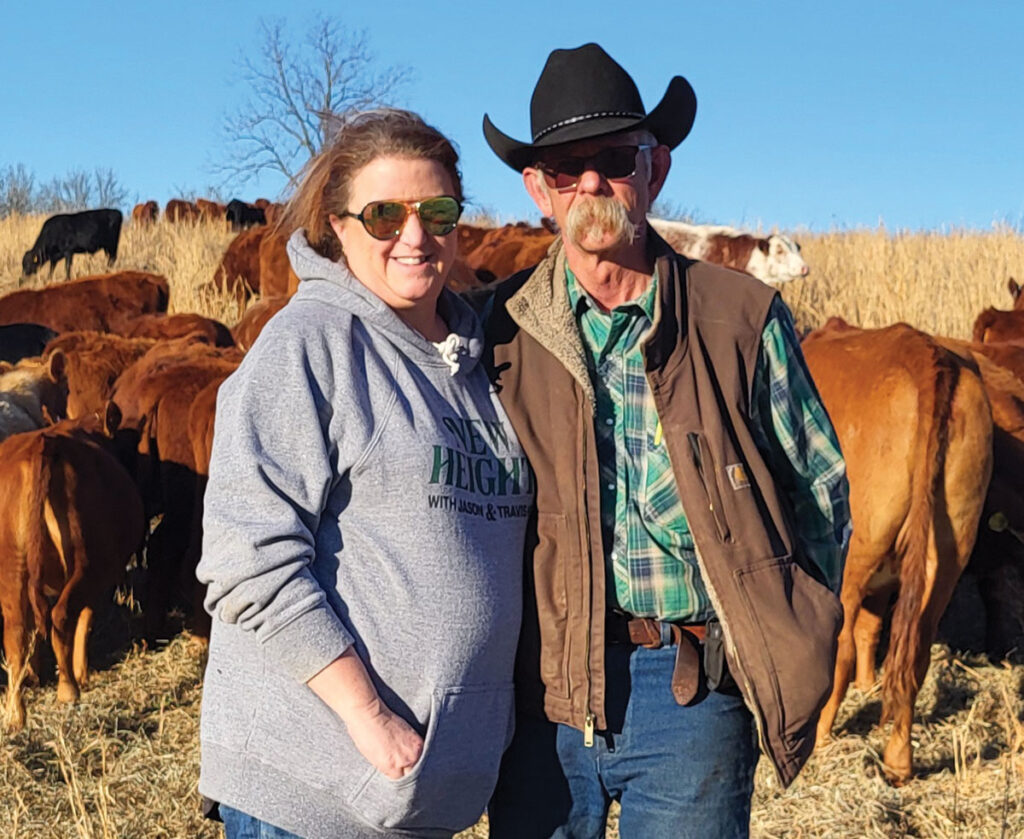
Clear Spring Ranch focuses on soil health and sustainability
MOUNTAIN GROVE, MO. – Just a few miles outside of Mountain Grove, Mo., is a beautiful piece of the Ozarks named Clear Spring Ranch.
Owners Bob and Ann Demerath came to set roots in Missouri in 2014 after spending a great deal of their lives in Nebraska. While in Nebraska, Bob and Ann farmed hogs and row crops with Bob’s family. They ventured into running cows on leased ground and corn stubble while in Nebraska.
In 2011, Bob attended a regenerative ranching and grazing conference which enlightened his view on soil health and sustainability. This sparked Bob and Ann’s journey in ranching and away from farming. The decision was made to leave the farm that Bob, Ann and Bob’s family owned in Nebraska. After a search of surrounding areas, and states, looking for something that would fit Bob and Ann’s criteria, they landed in Texas County, Mo.
Once Bob and Ann found the ranch they needed, the regenerative ranching practices they put it into practice on 1,200 acres of grazable land with 500 acres of long-term lease property.
“We want to leave the land better than we found it for future generations,” Bob said of the his goals for the land the operation.
Through the use of intensive grazing, and other regenerative practices, they are working towards that goal. Utilizing daily moves in the spring and summer, the goal is to have the cows eat one third, leave one third, and trample one third as the cattle rotate through the ranch.
By using these principles, Bob and Ann have seen improvements in soil health and the productivity of the land.
“The soil has improved water retention with very little run off,” Bob added as an added benefit.
In the spring and summer, Bob uses a daily move to take advantage of the spring flush of grass at the ranch. Slowing down the rotation during late summer and fall to allow stockpiling of grass for winter grazing. Bob and Ann raise no hay themselves, purchasing all their winter hay supply locally.
Bob begins feeding hay in September with a slow pasture rotation, but cattle are continuously grazing year-round. Bob feeds most of his hay supply from September through November. In December, he slows the rotation of the cattle even more and allows the cattle to eat stockpiled grass lower than he normally would allow. Feeding one or two bales to the 300 head of cows.
“They will graze first, then come pick at the hay after they have grazed,” Bob explained.
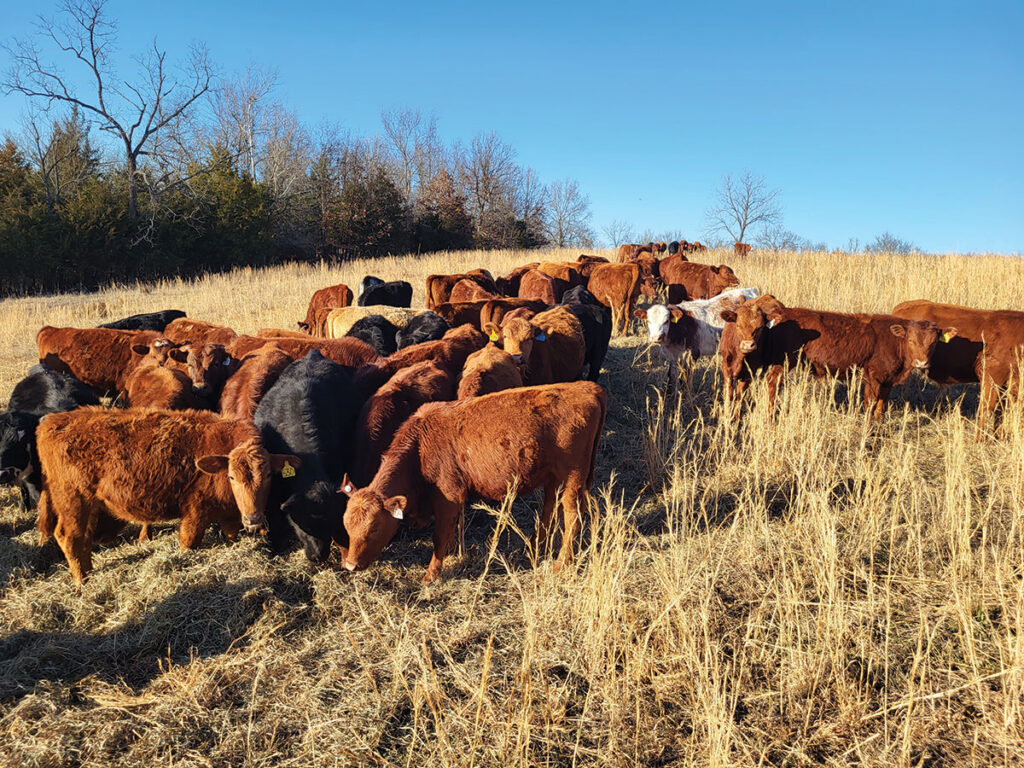
Bob and Ann have reduced the amount of hay they require annually by half since they began their program.
The roughly 300-head cow herd is an interesting mixture of breeds and crossbreds. However, Bob and Ann love their Corrientes.
There is no selection based on color, horned/polled, or breed when it comes to the cow herd. Bob and Ann raise all their own replacement females. They are transitioning to a primarily spring calving herd, with only cows that did not breed during the 45-day spring breeding season falling into the fall calving group.
After some experimentation, Bob and Ann began using South Poll bulls and couldn’t be more pleased with the results.
“The South Poll bulls takes the ugly off of them,” Bob said referring to the progeny from the mixed cow herd.
The South Poll bulls are siring a consistent looking calf crop and great performance on grass. The results of recent tests of beef produced by Clear Spring Ranch indicate that their program is achieving positive results through their efforts with grazing and genetics. Tests performed showed, among many other positive aspects, beef produced by Clear Springs Ranch is 2.7 times more nutrient dense when compared with conventionally produced beef.
In addition to cattle, Bob and Ann have two Air BnBs available for visitors to the area to enjoy. Guests can view Ann’s miniature cattle and Bob offers ranch tours for guests. Bob and Ann also have hunting rights to the property leased out providing a diversified use for the land. Ann is also employed by the South Poll Association. Bob and Ann host an annual branding event in July drawing many people to Clear Spring Ranch.
Bob and Ann blend a modern approach with tradition for a sustainable future of agriculture. Bob and Ann took a leap of faith a little later in life than some and are loving their new adventures. The couples only regret is living a distance away from their grandchildren, as most are a seven-hour drive from the ranch. Using regenerative practices is paying dividends and showing results for Clear Spring Ranch.
“Missouri has been good to us” when she talks about the decision to move from Nebraska several years ago,” Ann said.
Through their ranching practices and efforts, Bob and Ann Demerath are striving to be good to Missouri in return.

